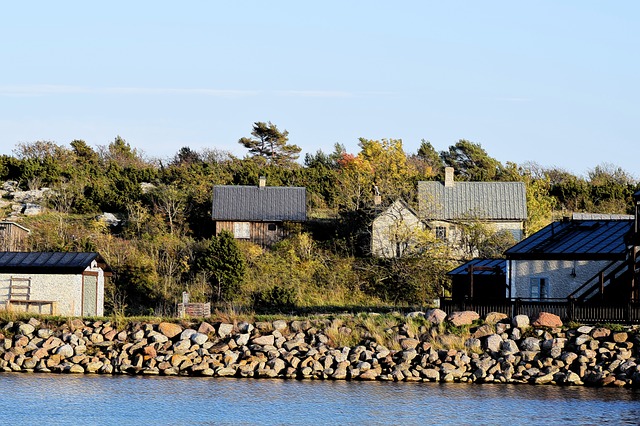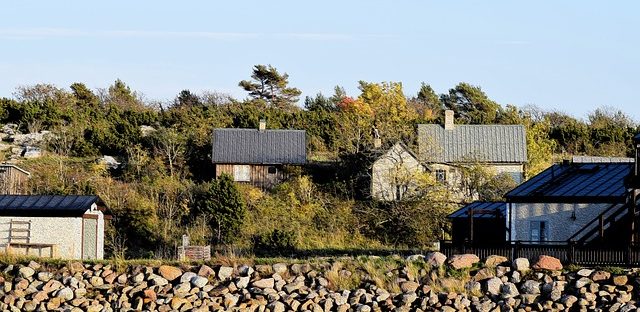- Target: Climate-neutral energy supply by 2025
- Status: In progress
- RES: Wind power
- Implementation: The Swedish Island of Gotland is committed to having a climate-neutral energy supply by 2025. The objective is to use 100% local, renewable resources to meet all of the energy demand for households and business on Gotland, except for industrial fuels. Gotland has implemented an array of innovative renewable energy projects. This is largely due to it having the highest sunlight strength in Sweden, is one of the top wind locations in Europe, and has good access to biofuels. The municipality's sustainability initiative already began in the early 1990s, with the aim of creating a sustainable society by 2025. This would not only apply for the energy sector, but also for all resources, agriculture, and waste. Since then, the municipality has already cut its CO2 emissions from fossil fuels nearly in half. A quarter to half of the entire island's annual electricity demand is met with wind power, and heating is produced with biofuels from local forests. In 2010, Gotland installed its first biogas station for fueling cars and buses, which today totals four stations. In 2017, the first public filling station for HVO was opened. There are also several loading stations for electric vehicles across the island. Wind power development has since grown but existing sea cables have been found to be limited in capacity. The Swedish Government's National Energy Agency is conducting a feasibility study on Gotland as a pilot case for a renewable energy system smart grid to address this challenge.
- Population: 58,595 (2017)
- Area: 3,183.7 km2 (1,229.2 sq mi)
- Link: Island of Gotland is Home to Sustainable Energy System Pilot Project

